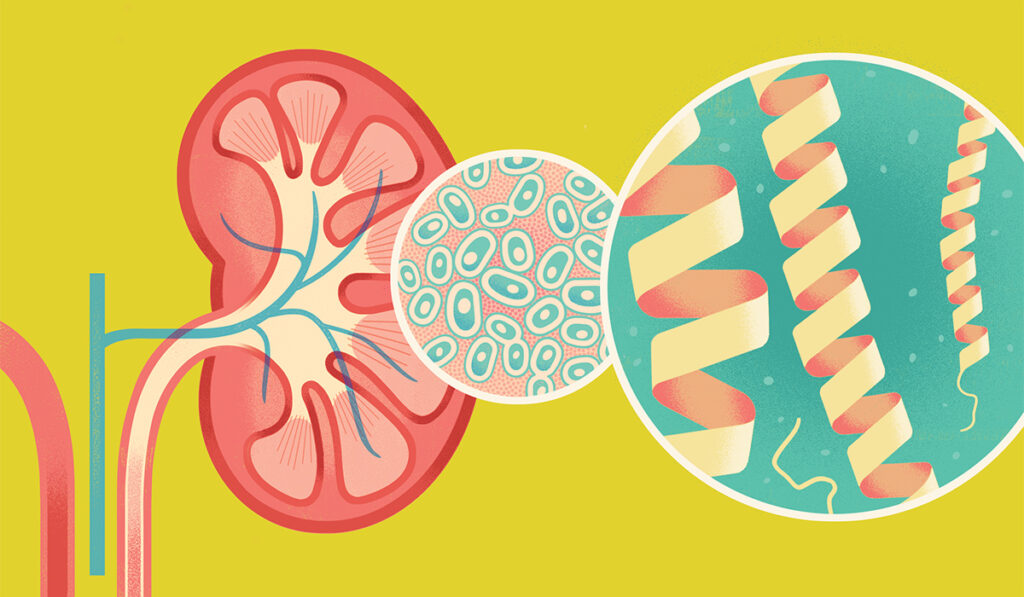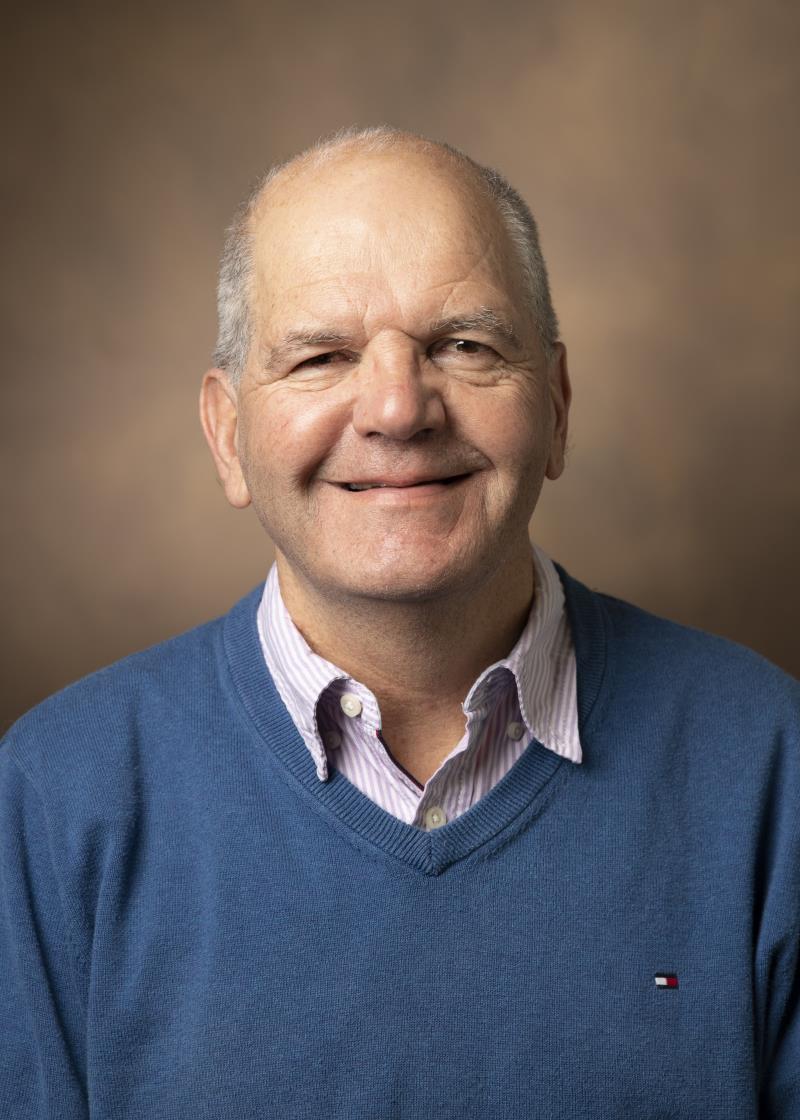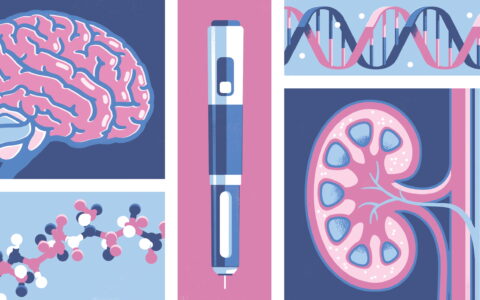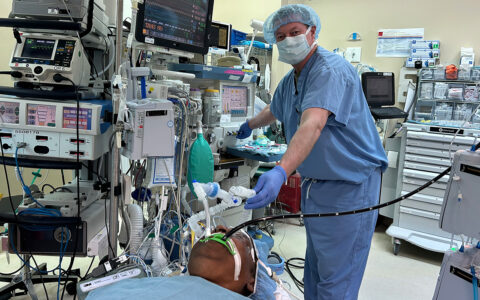A new role for Rac1 protein was recently elucidated through a Vanderbilt University Medical Center study that demonstrated how the protein reinforces structural integrity in the collecting duct of the kidney, according to Roy Zent, M.D., Ph.D., whose work was published in the Journal of Cell Biology.
While Rac1 has long been studied, its deletion in a recent mouse model had an unexpected effect, said Zent, who served as senior author.
“One really expected a very severe developmental phenotype, and actually that’s not what we found,” he said.
Instead, Zent’s studies have uncovered mechanisms by which Rac1 appears to influence the actin cytoskeleton and cellular repair.
The Zent lab at VUMC explores developmental processes in the renal-collecting duct involving cell-extracellular matrix (ECM) interactions. Collecting ducts in the kidneys play a key role in adjusting the body’s water and electrolyte homeostasis.
Integrins and the Collecting Duct
Research on Rac1 is joined by other studies from the Zent lab investigating the role of ECM interactions with epithelial cells in settings of cancer, kidney research and other areas.
This includes earlier Zent lab research on proteins called integrins suspected of being involved in development. The research team deleted a3 and a6 subunits of integrins from collecting ducts in a mouse model and reported their findings in the Journal of Cell Science.
To their surprise, not only did the deletions appear to have little effect on development, but they also observed substantial inflammation around the collecting ducts.
Rac1 and the Actin Cytoskeleton
Rac1 acts as a molecular switch for multiple processes, and interaction between integrins and the ECM drives its activation. Prior research has suggested Rac1 is involved in development of various structures in animals, ranging from Drosophila salivary glands to vasculature in mice.
In a mouse model, Zent and colleagues deleted Rac1 from collecting-duct cells early in development. The researchers observed only a mild impact on development, but over time, with Rac1 deletion, collecting ducts began to lose epithelial integrity and function.
One impact of Rac1 deletion was hyperactivity of actomyosin, which affects cytoskeletal function. Ultimately, the team determined that Rac1 influences the activity of actomyosin through regulation of an actin nucleation and polymerization system, called WAVE2-Arp2/3, which controls actin cytoskeletal branching. Rac1 appeared crucial for structural integrity in the collecting duct through maintaining polarity in epithelial cells and interactions with actin, which in turn impacts the contractility of cells.
Additional Dimensions to Rac1
More recently, Zent and colleagues have uncovered further details on the functions of Rac1. New research by the team demonstrates how it is involved in the repair function after a collecting-duct injury.
“It really shows that Rac1 is profoundly important, and the mechanisms whereby it occurs were completely unexpected in that it actually is important for mitosis,” Zent said.
“Rac1 is profoundly important, and the mechanisms whereby it occurs were completely unexpected.”
In their latest experiments, collecting duct injury was briefly induced in mice lacking Rac1.
“In the wild type, the animals can repair, but in the knockouts, they can’t repair, which would indicate that Rac1 is absolutely critical for the repair process,” Zent said. “And the most interesting part about this is that its major role is to enable and to drive proliferation.”
The work showed affected cells could progress into mitosis, but they could not complete the process properly because of dysfunction in the actin cytoskeleton. The cells eventually died.
Zent noted that people often think of the actin cytoskeleton as central to adhesion and migration, “but here we show that it’s really, really important for cell cycle progression.”





